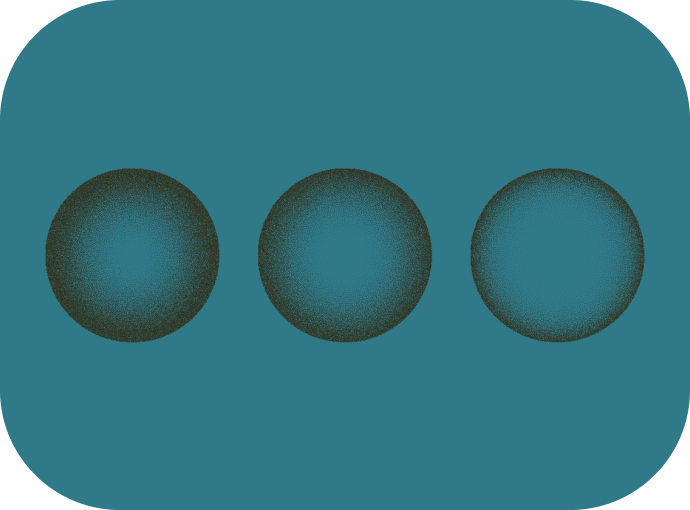1 min read
Last updated on Tuesday 6th June 2023
The Second Heresy: The Field and the waves in it Abstract
The vacuum has a fundamental Field. We know very little about this except that it has something that varies in value from the average and that it is turbulent or ‘choppy’, filled with small areas of higher and lower Field values (’bubblets’). Parts of the Field tend to equalise their values with neighbouring areas at the speed of the Field (aka the speed of light).
Fundamental or F-waves, such as light, are longitudinal waves of alternating low and high Field values that move at the speed of the Field, normally with a spherical wavefront. They behave like sound waves with crucial differences: they do not attenuate as the wavefront expands and, when they harmonise with a ball-wave, such as an electron, they transfer energy at one point only. We illustrate this with a fish-tank experiment and ‘quantum leaps’ with a whistle. (How longitudinal waves are polarised is explained in the Ninth Heresy.)
F-waves can exist in the same location as each other and the shorter the F-wave, the more energetic it is. F-waves have four interactions we know of: they can reflect off a material, their energy can be absorbed and emitted by harmonising with an electron, they can transfer momentum to atoms (the Compton effect), and, if sufficiently energetic, they can turn into an electron-positron pair.




Comments are welcome on the website
Although you will have to sign up as a Friend of the Heretics to post them and the group reserves the right to delete stuff arbitrarily. Direct contact is via the site to the Arch-Heretic, Jamie Cawley, on jamie.cawley3@gmail.com.